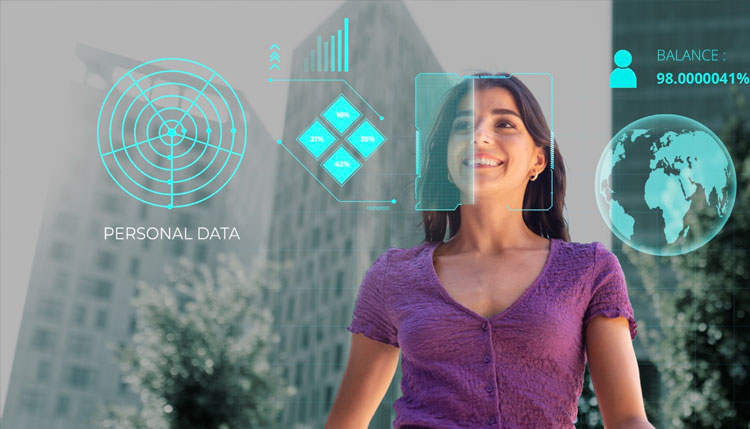
Understanding Sustainable Biometrics
In our fast-moving world, there’s this cool thing called biometrics. It’s like a superpower that gadgets have to recognize us by our fingerprints, faces, or even the way we walk. But there’s a twist. As we zoom into the future, we’re also trying to be good to our planet. That’s where sustainable biometrics enters the scene. It’s not just about the tech; it’s about doing it in a way that’s friendly to our Earth.
Let’s break it down.
What’s the Big Deal with Biometrics?
First off, biometrics is everywhere. Your smartphone unlocks with your face, and the airport speeds you through with an eye scan. It’s handy, but have you ever wondered what powers these? They rely on loads of data, energy-guzzling servers, and gadgets that might not be so eco-friendly.
The Green Challenge
The world’s got a big appetite for energy. Data centres, which store all the info for biometrics, could eat up about 3% of the global electricity supply. And that’s just today. Imagine what’s next as biometrics get even more popular. So, what do we do? Do we say goodbye to the convenience of biometrics? Nope. We get smart and go green.
Sustainable Biometrics: The Eco-Warriors of Tech
Sustainable biometrics is like a green smoothie for technology. It’s about making the whole process—from the gadgets we use to the way data is stored—environmentally friendly.
1. Energy-Efficient Gadgets
Companies are getting creative, making devices that use less power. Think of a fingerprint scanner that sleeps until it senses your touch. Small change, big impact.
2. Green Data Centres
Imagine a place where all our biometric data lives, but it’s powered by the sun or the wind. These green data centres are not just a dream. Places like Sweden and Iceland are leading the charge, using renewable energy to keep the servers running cool and clean.
3. Recycling Biometric Devices
What happens when a biometric gadget says goodbye? Instead of ending up in a landfill, these devices can be recycled. Materials like metals and plastics can get a second life, reducing the need to mine more resources from our planet.
Few Examples
- A Solar-Powered School in Kenya: A school in Kenya uses solar energy to power their biometric system for attendance. It’s a win-win. The school saves on electricity bills and teaches kids about renewable energy.
- Biodegradable Sensors: Researchers are working on biometric sensors that can dissolve in water. Imagine medical sensors that monitor your health and then disappear without harming the environment.
Conclusion:
Sustainable biometrics is not just a fad. It’s a movement. By making these technologies eco-friendly, we’re not just protecting our identities; we’re saving our planet. It’s about being smart today to ensure a greener tomorrow. As we move forward, the message is clear: let’s keep innovating, but let’s do it in a way that our future selves will thank us for. Sustainable biometrics is a path we can all get excited about, a blend of high-tech and high respect for our world. This is a TrueID perspective of Sustainable Biometrics. We will be happy to discuss more at info@trueid.in.










